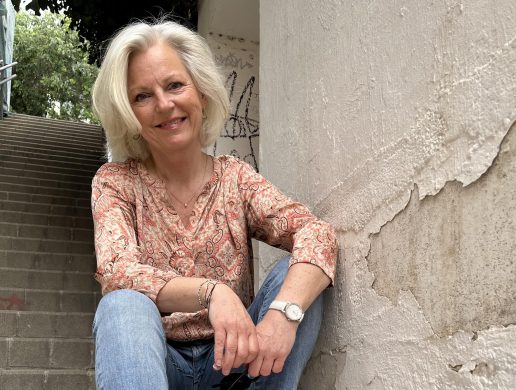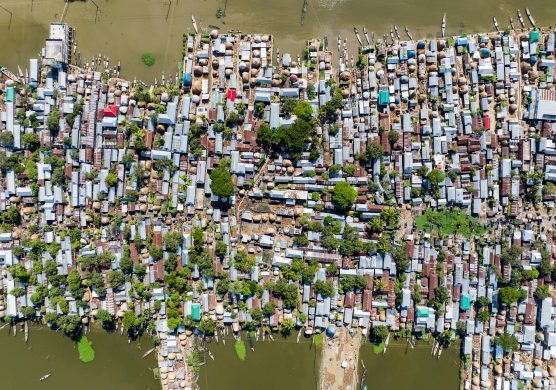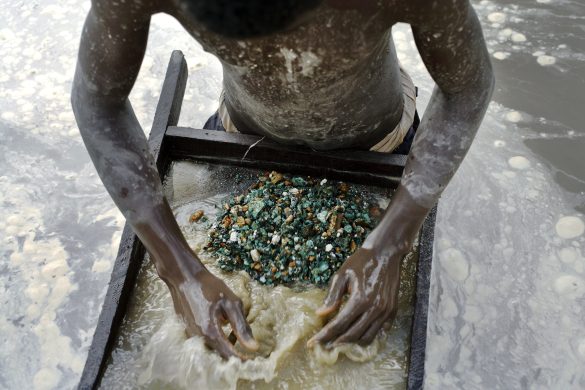Et nyt system hjælper med at identificere potentielle kriser, så organisationer og lokalsamfund har bedre mulighed for at stå imod eksempelvis sultkatastrofer. Værktøjet kaster nyt lys over, hvad der driver kriser, og hvad der er nødvendigt for at overleve dem.
27 November 2014, Rome (FAO): Each year millions of people dependant on agriculture, forestry and fisheries are confronted by droughts, floods, plant pests or animal diseases, and conflict.
When that happens, the livelihoods of communities can be left in tatters, while disruptions to food production and distribution undermine the food security of nations and entire regions.
FAO has recently teamed up with a coalition of 15 partner agencies to develop a new tool to help national governments and development and humanitarian organizations in their efforts to prevent and respond to such situations.
Indicators measuring risk
InfoRM – the Index for Risk Management – was designed to help identify where and why crises are likely to occur.
The index builds up a picture of risk by bringing together some 50 different indicators measuring three dimensions of risk: hazards and exposure of people, vulnerability of communities to those hazards, and their capacity to cope with them.
This data is synthesized into a consolidated, simple risk profile for each country, which includes natural and human hazards, vulnerability and lack of coping capacity.
Currently, InfoRM covers 191 countries.
“Having such a multi-hazard risk assessment tool available is key to help us improve the way we understand risk in different countries, and to strengthen FAO’s efforts to build resilience where it is needed the most,” according to Dominique Burgeon, Coordinator of FAO’s resilience work.
“It will help us support the resilience of communities and food systems to withstand challenges, before they arise.”
Variety of partners
The information crunched by InfoRM comes from a variety of international organizations and academic institutes.
FAO itself feeds the system data on average dietary supply adequacy, prevalence of undernourishment, domestic food price level and volatility as well as information on drought risk using its remote-sensing based Agricultural Stress Index (ASI).
InfoRM is a collaboration of the Inter-Agency Standing Committee Task Team for Preparedness and Resilience and the European Commission. For a full list of partners click here.
It was officially launched on 19 November in Geneva.














